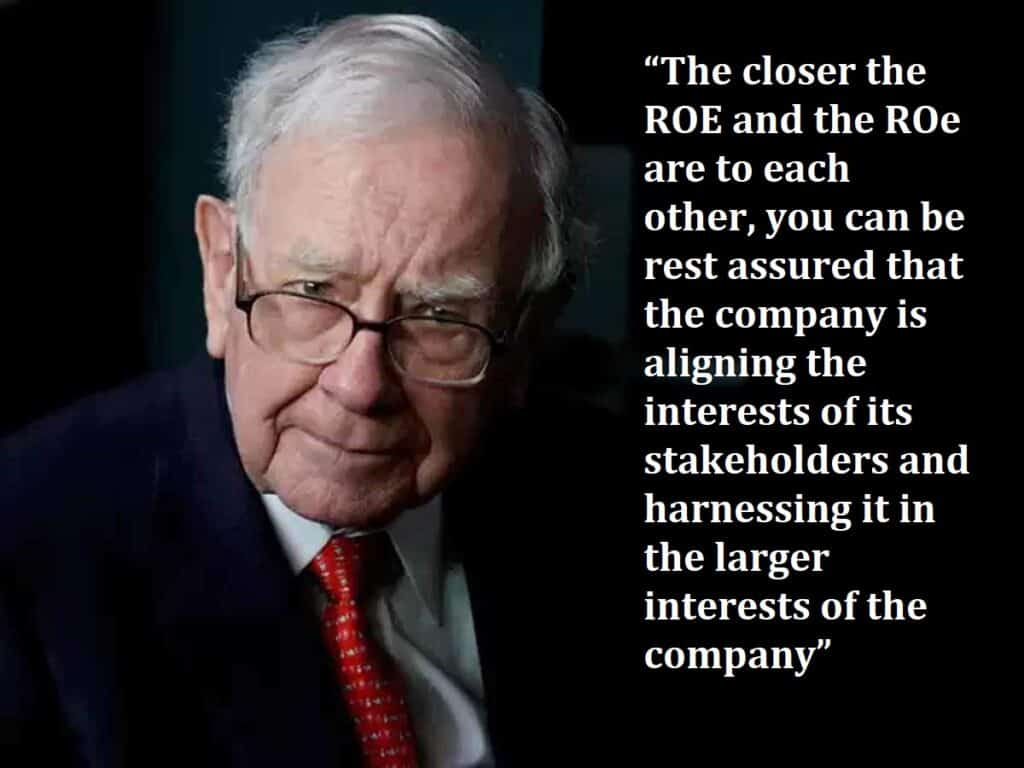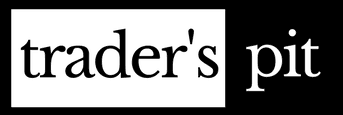As investors, financial ratios have become an important part of our decision-making process. Ratios measure the operational efficiency, liquidity, stability and profitability of companies and give us a more complete picture than raw financial data from various reports. Today we’re going to look at two profitability ratios, ROE and ROCEReturn on capital employed (ROCE) is a financial ratio that ... More, to better understand them.
RoE vs RoCEReturn on capital employed (ROCE) is a financial ratio that ... More: ROE stands for return on equity and is calculated by dividing the net income for the period by the net worth of the company. ROE is an important metric in business since it shows how much money the company makes for each dollar that’s invested in it. ROCEReturn on capital employed (ROCE) is a financial ratio that ... More stands for return on capital employed and is calculated by dividing the profit for the period by the total capital employed in the company. ROCEReturn on capital employed (ROCE) is a financial ratio that ... More is a more accurate measure of how profitable a company is since it takes into account how much money it has available as well as how much it has invested.
ROE vs ROCE – Understanding the difference
Return on equity (ROE)
Return on equity measures the efficiency of the company’s operations by dividing net income by the amount of equity. Return on equity provides an indication of the effectiveness with which management has used shareholders’ contributions to generate profits.
Return on equity formula
Return on equity (ROE) can be calculated as the ratio of a company’s net profit to its equity.

Net Profit: The net income considered here is the profit remaining after tax, interest and dividend payments to preferred shareholders.
Honesty: Assets – Liabilities
Return on equity combines two balance sheets. It includes the net result for the year from the income statement and the equity from the balance sheet.
Example of understanding RoE
Consider two companies A and B that manufacture ice cream. Both the companies have made a profit of Rs 20 lakhs in the financial year 2019-20. But how do you compare which is bigger in this scenario? A closer look reveals that the investment received by both companies. Company A – 1 crore and Company B – 2 crore.
The calculated return on equity for company A is 0.2 and for company B is 0.1.
This offers a new perspective on the profitability of both companies. Although both companies report similar profits, Company A’s management is more efficient at turning the money invested into profit. Therefore, it is advisable to invest in Company A as the management is more efficient in generating profits.
When comparing the return on equity of a company over a period of time, it is possible to see how well management has allocated equity. Growth in return on equity means that management has invested shareholder capital more efficiently over the years to achieve higher returns.
On the other hand, a decline in return on equity indicates deficiencies in management’s ability to raise funds and poor investment decisions over time.
Return on capital employed (ROCEReturn on capital employed (ROCE) is a financial ratio that ... More)
The return on capital employed shows us the efficiency of the company’s capital allocation. The ROCEReturn on capital employed (ROCE) is a financial ratio that ... More ratio is calculated by dividing the company’s operating income by its invested capital.
ROCEReturn on capital employed (ROCE) is a financial ratio that ... More calculation formula
The return on invested capital can be calculated by dividing the EBIT (operating profit) by the invested capital.

Formula Operating income : Operating profit is what is left after deducting operating expenses such as. B. Labor costs, depreciation and production costs as a proportion of total sales. This is therefore earnings before interest and taxes (EBIT).

Invested capital: Assets – current liabilities or equity + liabilities.
Example of understanding ROCEReturn on capital employed (ROCE) is a financial ratio that ... More
Let’s take an example similar to the one mentioned for return on equity. The same companies A and B are active in the production of ice cream. You have made a profit of 20 lakhs and have the following investment: Company A – 1 crore and Company B – 2 crores. In addition, companies have also incurred debts: Company A – 3 crores in loans and Company B – 1 crore in loans.
The calculated ROI for company A is 0.05 and for company B it is 0.067.
This provides a better understanding of how the two companies used the capital they had to make a profit. This indicates that the investment in company B will be beneficial.
Since ROCEReturn on capital employed (ROCE) is a financial ratio that ... More refers to total capital, it is important to consider the cost of capital in the valuation. If the return on capital employed (ROCEReturn on capital employed (ROCE) is a financial ratio that ... More) exceeds the cost of capital, it is a profitable investment. But the case where the cost of capital exceeds the return on capital (ROCEReturn on capital employed (ROCE) is a financial ratio that ... More) is a red flag. This is the time when existing shareholders prefer to exit and potential investors prefer to stay on the sidelines.
ROE vs ROCEReturn on capital employed (ROCE) is a financial ratio that ... More: Main differences
| ROE | ROCEReturn on capital employed (ROCE) is a financial ratio that ... More | |
|---|---|---|
| Revenue recognition | The income considered here is profit after all interest and taxes.
In a situation where the government has increased taxes, the return on equity will reflect this effect. | The result taken into account here is earnings before interest and taxes.
Changes in interest rates and taxes do not affect ROCEReturn on capital employed (ROCE) is a financial ratio that ... More. ROIC is only affected by changes in operating expenses such as salaries, etc. |
| Capital | Return on equity only takes into account the equity used. | ROIC takes into account the company’s total invested capital (including debt). |
| Ratio? | Effective management of equity. | It demonstrates the effectiveness of business activities. |
| Relevance to stakeholders | Return on equity is more relevant to shareholders because it tells them what the company’s return is for every Rs. 1 million they invest. It is more important to shareholders because it shows what they are left with after debt repayment. | ROI is relevant to both shareholders and creditors. Indeed, ROCEReturn on capital employed (ROCE) is a financial ratio that ... More also reflects the efficiency of the total capital invested by the company. |
Use ROE or ROCEReturn on capital employed (ROCE) is a financial ratio that ... More?
A shareholder can also weigh the ROE and ROCEReturn on capital employed (ROCE) is a financial ratio that ... More ratios against each other. If the ROCEReturn on capital employed (ROCE) is a financial ratio that ... More ratio is higher than the ROE, it means that most of the profits generated are used to pay the debt service of the company. This will not be welcomed by shareholders. However, it is also important to remember that a company with a high ROCEReturn on capital employed (ROCE) is a financial ratio that ... More is able to borrow at attractive rates. A high ROIC improves the company’s valuation. This shows that the company can easily attract external funds for its future activities.
These two coefficients, even if used separately, cannot be used as a comparative indicator between sectors. The average return on equity for the IT services segment is 17.29%. While the average return on equity for a biotech company is 3.83%. Therefore, they can only be effectively evaluated in comparison with companies in the same sector.
Also read: #19 Key financial ratios for investors
What does Warren Buffett say about ROE and ROCEReturn on capital employed (ROCE) is a financial ratio that ... More?
When evaluating companies based on ROE and ROCEReturn on capital employed (ROCE) is a financial ratio that ... More, Warren Buffett prefers companies whose ROE and ROCEReturn on capital employed (ROCE) is a financial ratio that ... More are close. In his opinion, the spread of a good company should not exceed 100 to 200 basis points. A situation where ROE and ROCEReturn on capital employed (ROCE) is a financial ratio that ... More are close implies that shareholders and lenders are concerned about themselves. And no compromising at the expense of the other.

Frequently Asked Questions
What is more important roe or ROCE?
Why ROCE is higher than ROE?
What is the difference between the return on capital employed and the return on investment?
Return on capital employed is the percentage of the company’s total assets that are used to generate revenue. Return on investment is the percentage of the company’s total assets that are used to generate profits.
